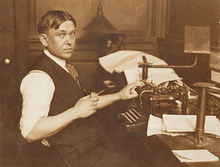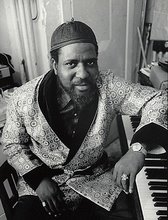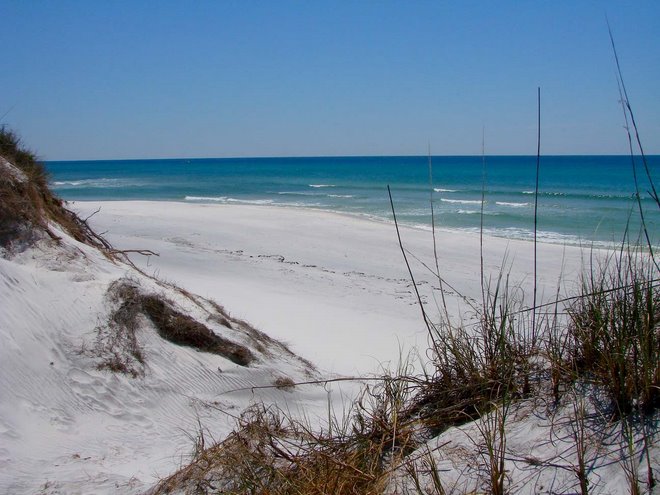I first became aware of the life and legend of Huey P. Long as a teenager through the record album Good Old Boys (1974) by Randy Newman. This record was a collection of songs that attempted to sum up the mid-century South through the eyes of a half-native son who had grown up in Los Angeles and spent much time in Louisiana visiting his mother's family. Good Old Boys opened a door of understanding for me about a region I both loved and longed to know better.
Popularly known as the Kingfish, Huey P. Long was a despotic populist politician whose sudden rise to power in the late 1920's and early 30's spookily paralleled the ascent of similar leaders in Europe like Hitler, Stalin, Franco, Tito and Mussolini. He was by no means the only American pseudo-dictator as there were tin-pot fascists all across the fruited plain in those days in places like Mississippi, Georgia, Florida, Boston, Memphis, Kansas City and the ultra corrupt city halls of New York, Chicago and San Francisco. Long was elected governor in 1928 and then became a U.S. Senator in 1932, serving until his assassination in 1935. He died at the age of 42.
Randy Newman opens his song about Long, titled The Kingfish, with these immortal lines:
There's a hundred thousand Frenchmen in New Orleans
In New Orleans there are Frenchmen everywhere
But your house could fall down
Your baby could drown
Wouldn't none of those Frenchmen care
Everybody gather 'round
Loosen up your suspenders
Hunker down on the ground
I'm a cracker
And you are too
But don't I take good care of you
Who built the highway to Baton Rouge?
Who put up the hospital and built you schools?
Who looks after shit-kickers like you?
The Kingfish do
It was an incredible thing to visit Baton Rouge today, some 72 years after his death, and discover his shadow still looming large over the landscape of his native state. His name is plasterd on practically everything from streets and bridges to schools and public buildings.
Our first stop on Saturday was the beautiful and over-the-top state capitol building located on a bluff above the Mississippi River. The funding for this totally un-needed skyscraper was bulled through the legislature by Governor Long in 1929 and it was completed in 1932. At 34-stories it is the tallest building in Louisiana. It was built as a monument to the power and strivings Long envisioned for himself as a spokesperson and guardian angel of the "common man", who had struggled mightily to overcome the wealth and privelege of corporations, bankers, lawyers and most of all those rotten French Catholics down in New Orleans.
Louisiana State Capitol Building
Louisiana, like Ireland, is divided into a Protestant north and Catholic south which has historically been the more dominant section of the state. Huey Long, from Winnfield in the north, was able to turn this long simmering animosity towards the cake eating aristocrats of New Orleans and the Acadian parishes into a holy crusade which ultimately led him to gain un-checked political power. Two books that deal with this subject quite well are All The Kings Men by Robert Penn Warren and Louisiana Hayride by Harnett Kane.
Long's legacy has certainly been a mixed bag for Louisiana, with his heavy handed dictatorial tactics and political corruption bringing confusion and shame in its wake, but the people of this mostly poor and rural state seem to have accepted that he also brought modernizing changes to their way of life even if it was through ruthless intimidation. It reminded me of when I was a child and people would say about Hitler and Mussolini "well at least they got the trains to run on time". As if to say that at least one positive thing had come from their rule. There are people alive in Russia today who will declaim "that at least under Stalin no one went hungry"; an accolade directed towards the architect of some of history's most brutal famines. Dictators almost always leave a confusing legacy to those they have unjustly ruled over.
The really strange thing about this building is that Long was also assassinated in it, under circumstances that are still debated today, and was then buried on the front lawn under a large statue of himself that faces the front entrance. It was a monument that eventually became his tomb.
The Louisiana state capitol building is a towering reminder of man and his often twisted and sadistic notions of power. As a piece of architecture it is a stupendous work of streamline moderne Art Deco, as an actual place it still spins a cautionary tale of unchecked power and greed that resonates as loudly today as it did nearly a century ago.
200.jpg)









2 comments:
Who are the other guys in that painting getting the business?
The guy with the glasses is the alleged assassin. It has been suggested that he merely punched Long in the nose and the overzealous bodyguards filled him with hot lead that accidentally hit their boss as well, resulting in his death.
Post a Comment